The second largest city on the Sicilian island has many distinct features and landmarks to it. One of the most prominent one is that the city is located at the food of a 3357m high volcano that is very much alive: Mt. Etna. You would be surprised, however, that the local population would not add its frequent eruptions to their shortlist of concerns associated to disrupting events.
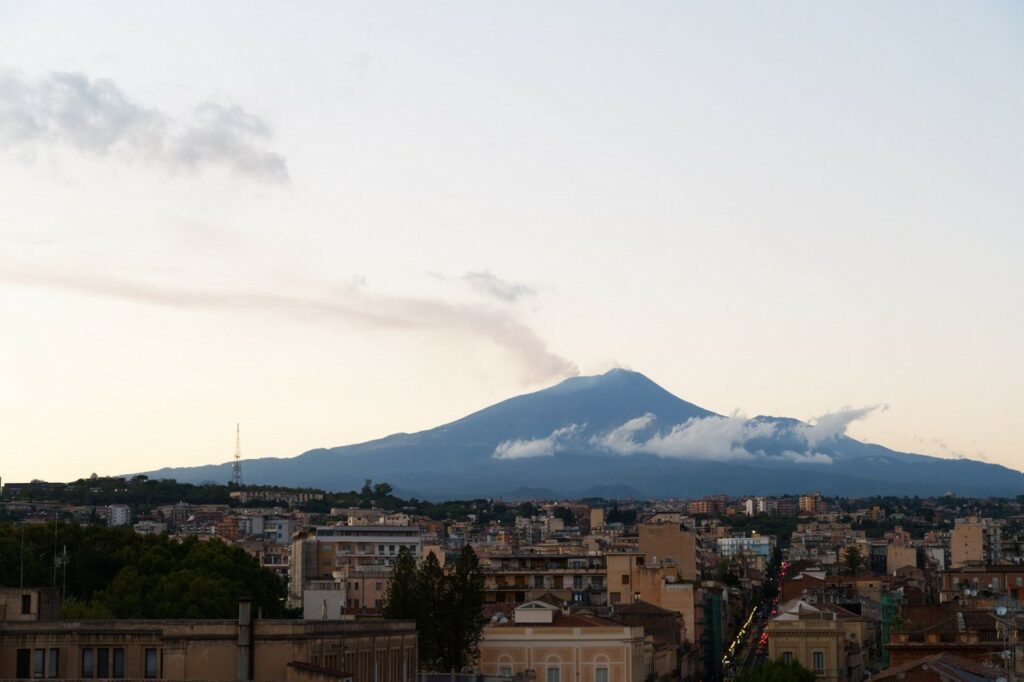
Like many communities in Europe the people of Catania are affected by increasing occurrences of natural hazards like droughts, flooding and earth quakes. And the volcano? It is primarily a mountain with several waterways striving towards the lowest point which is eventually the sea. One of these axis’, you would not be surprised, has the city of Catania at the very end of it for why the mountain is constantly sending water to the city.
Early city planners have developed a boulevard-like street the “Via Etnea” that conceptually integrates the mountain into the city by connecting it with the old city center through a straight and unobstructed visual axis. This iconic feature, however, becomes one of the cities major risks when precipitation sets in quick and heavy. In this case the street, which is home to a vast amount of commercial activities, turns into a river channeling the water masses on their way to the sea.
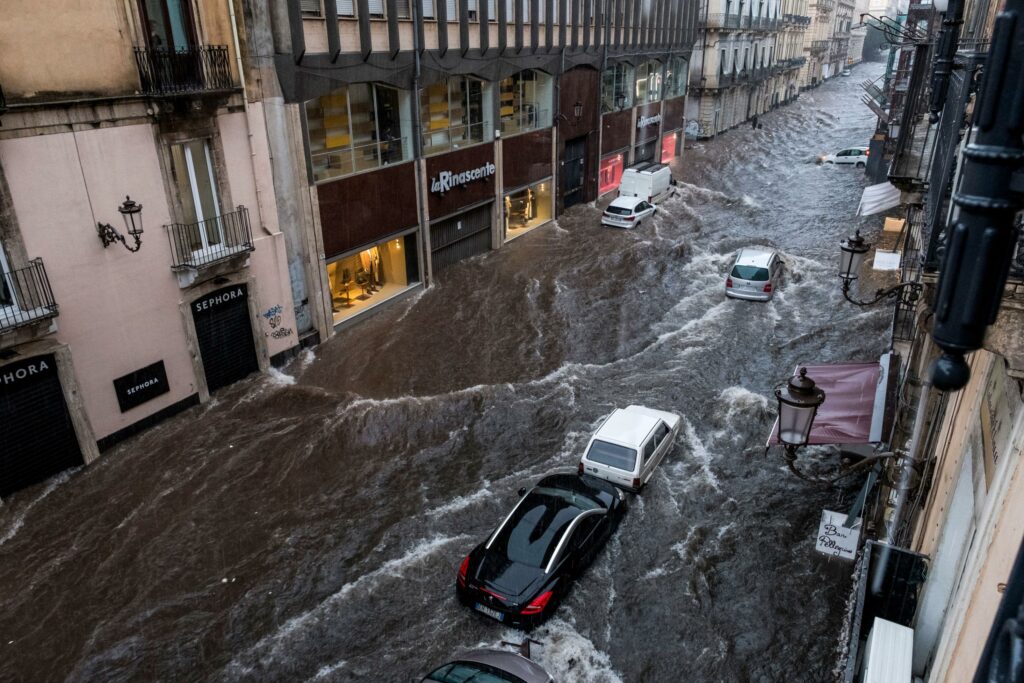
Besides the immediate thread to life and well-being of citizens there is also the economic and infrastructural damage that occurs afterwards, adding costs for the municipality and citizens to bounce back and sustain everyday life.
At first side this appears as an infrastructural challenge relating to city design, size of drainage pipes and limited overflow capacities in combination with changing weather patterns. In the Catania case, like in many other communities across Europe the equation is not that simple. Local solutions are already thought of and implemented amongst them the conversion of an ancient Roman bath located beneath Duomo Square at the end of Via Etnea. The bath is used as an additional overflow buffer that accelerates the flow of water out of the city into the sea supported through four high performance pumps.
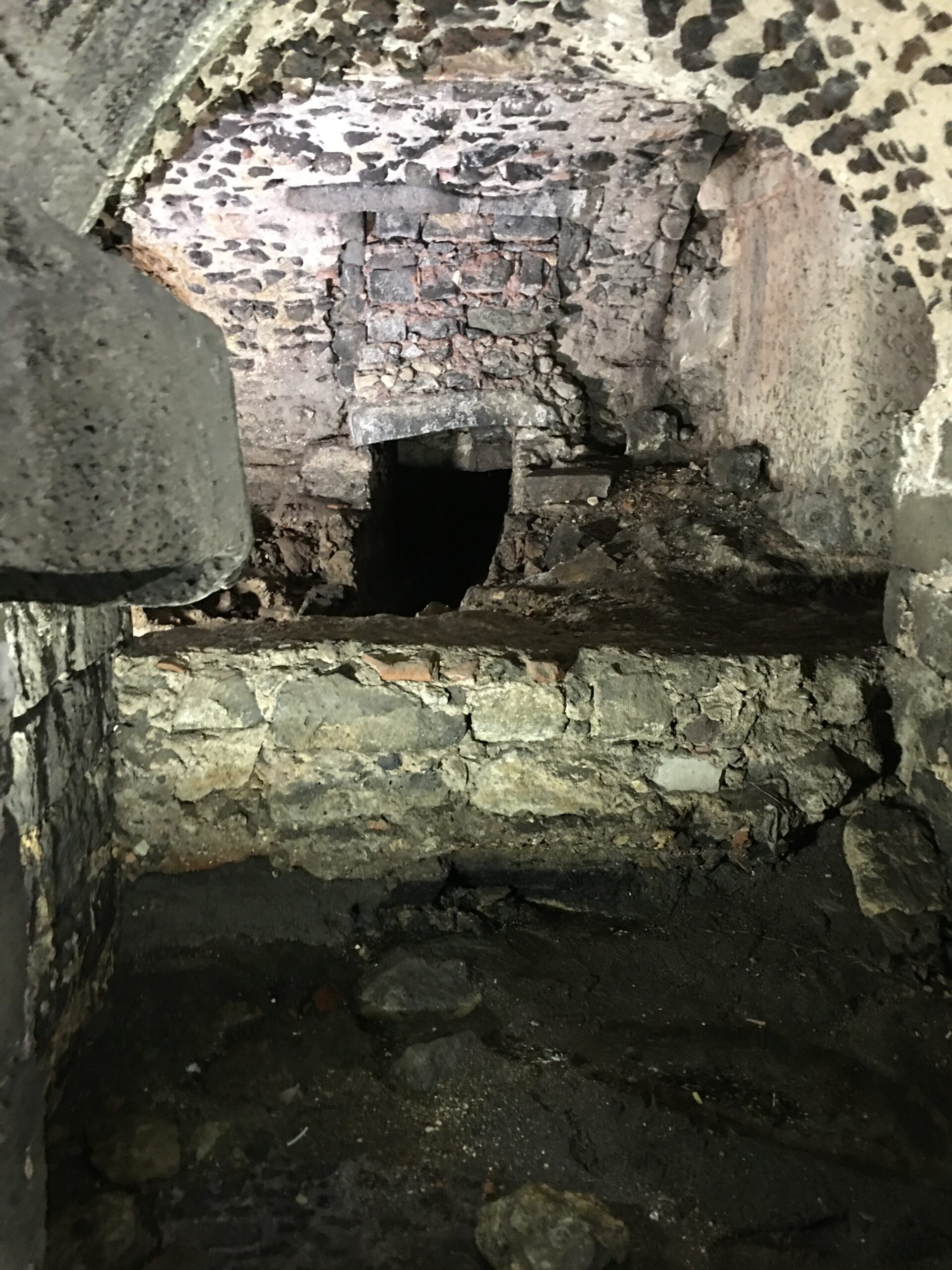
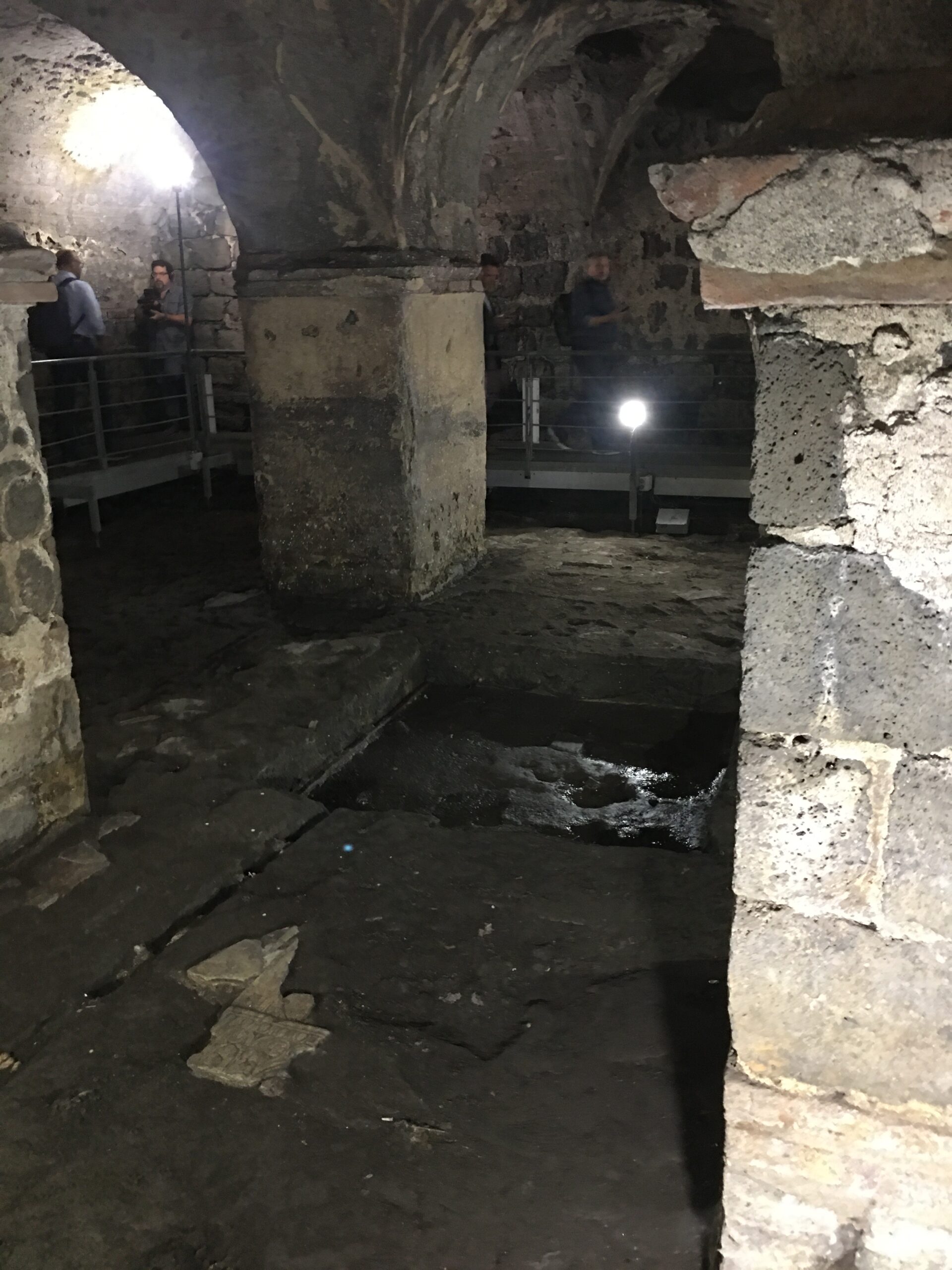
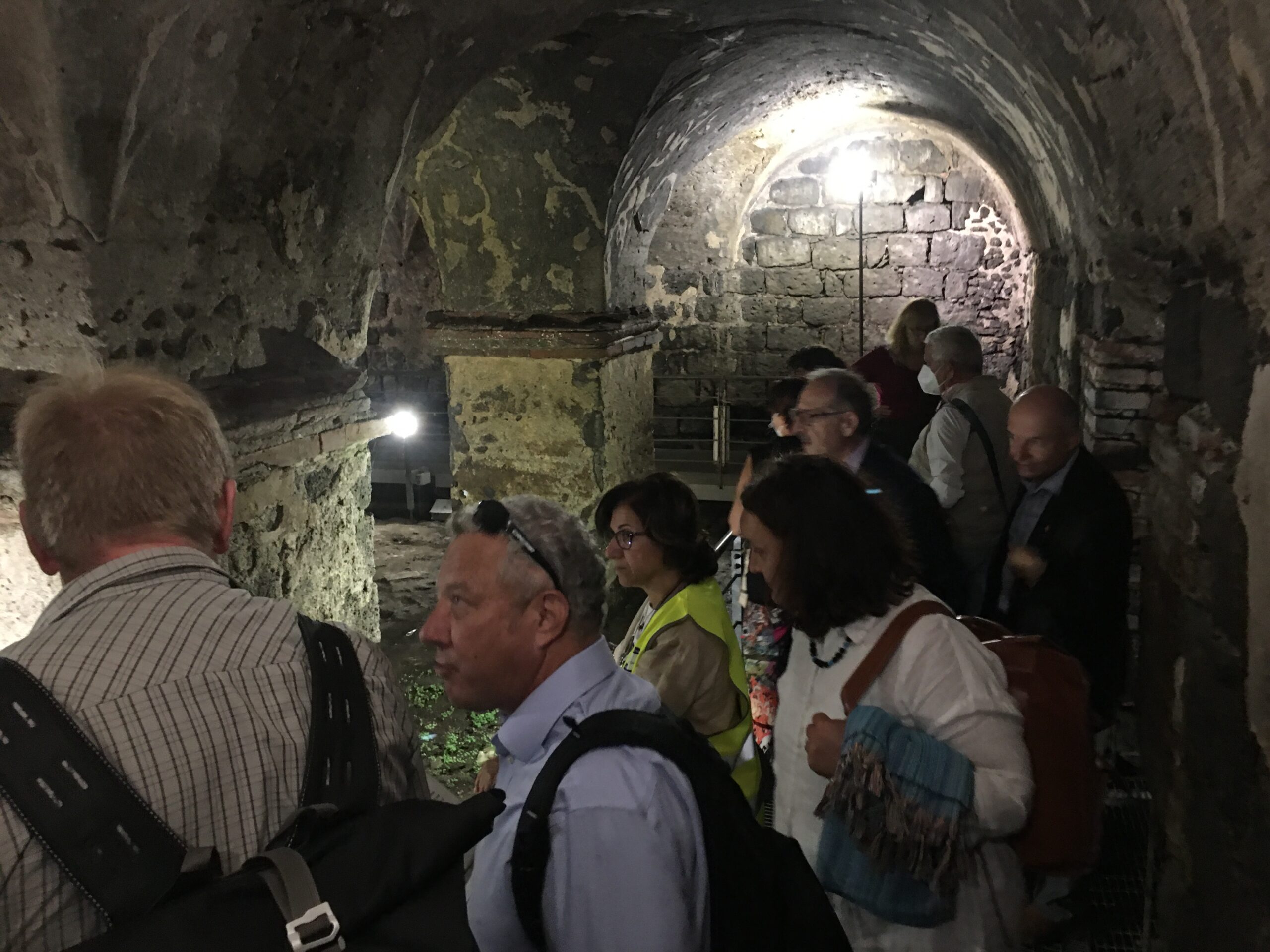
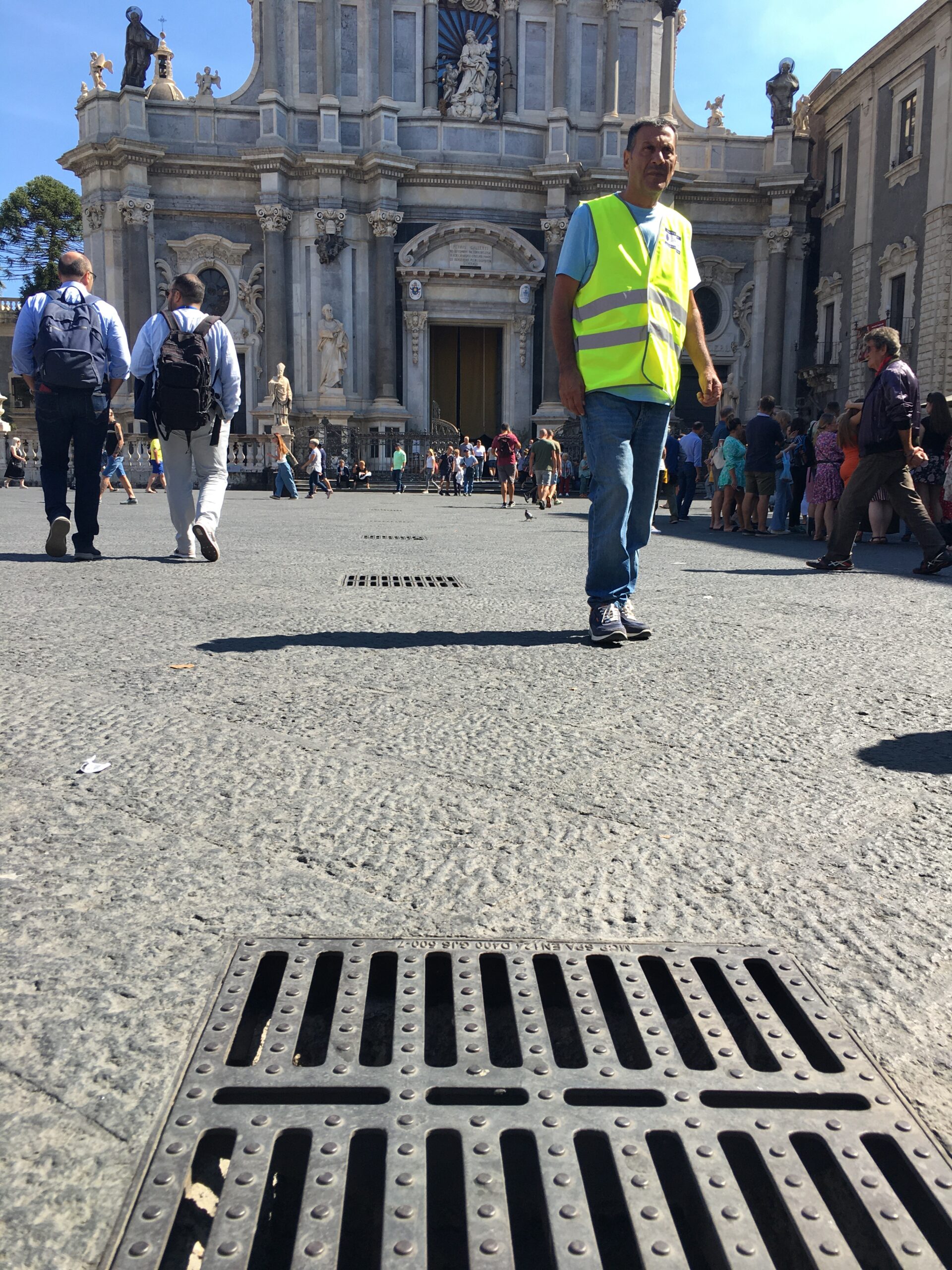
The real challenge, however, is not to get the water out of the city but to prevent it from getting there in quantities which exceed the cities drainage capacities. To this end it turns out, that it is less of an infrastructural but also a governance issue that is to be solved. There are numerous smaller waterways, both natural and manmade, that exist between the top of the mountain and the city with the capacity to consume a sizable amount of water. Additional ones could be installed to adjust the overall capacity for changing weather patterns but it is even more important to maintain them. One of the byproducts from the frequent eruptions of the volcano is black volcanic sand that has the capacity to clog up pipes and rivers. This may not be too significant to villages further up the mountains as the water finds a different way out, it is probably even less important to uninhabited areas which are equally pieces to the puzzle of how much water is either consumed or channeled towards the city.
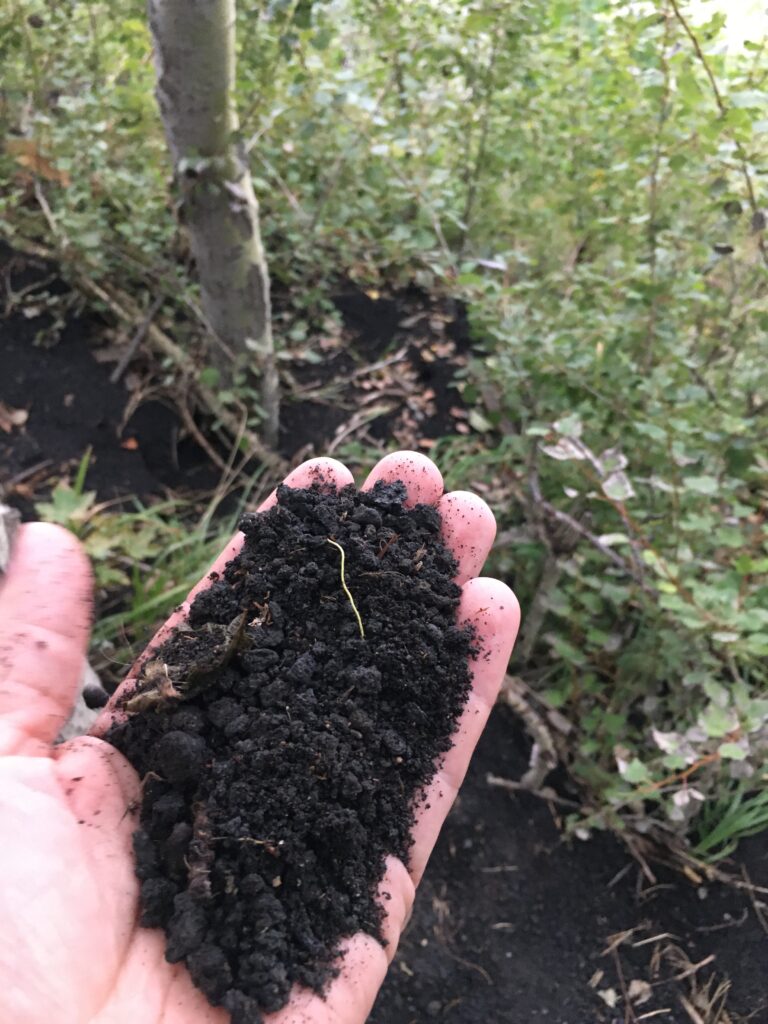
The responsibility for the maintenance of these waterways rests with different authorities both for the level of governance as well as to different sectors within the city (e.g. urban, parks/recreation, industrial). What is connected by nature is not yet by the local structures of governance. There is no organized, overarching dialogue between separated entities to address this common issue of flash floods at this stage. The Municipality of Catania’s civil protection agency mentioned that a “resilience office” in Catania could provide these actors with a permanent forum to analyze and discuss such issues and address them more efficiently.
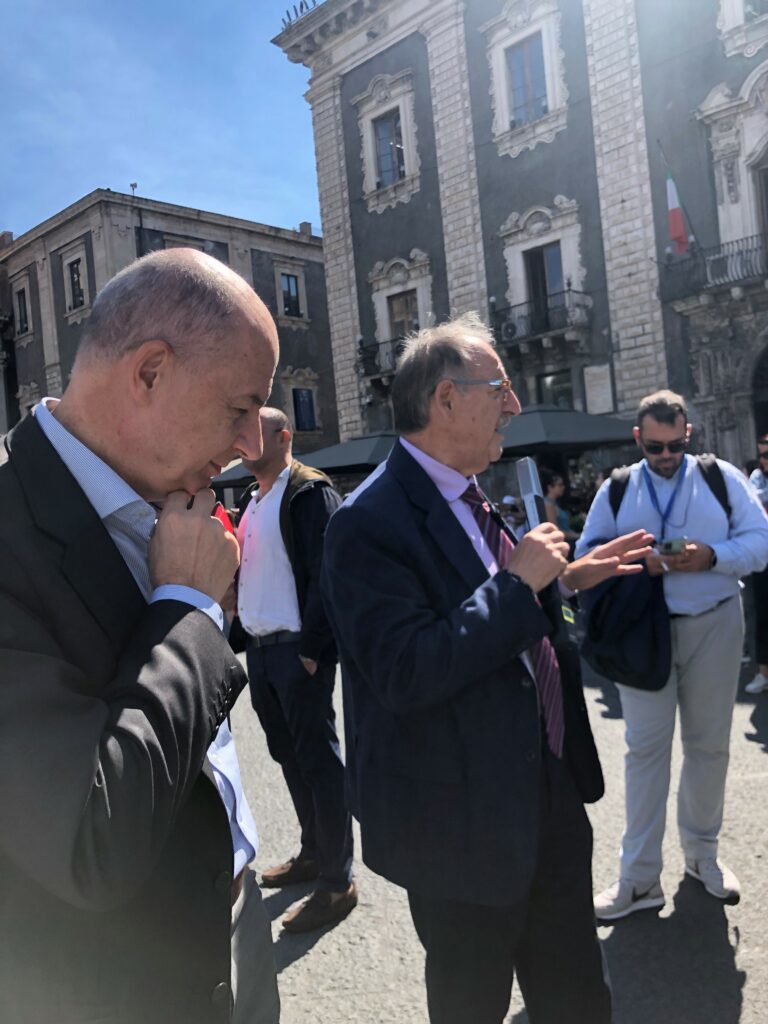
This may alleviate but not fully exclude future flooding in Catania. Other dimensions of resilience need to be addressed to complete the picture. This could be the basic insurance against flood damage on the economic side or people’s risk perception and emergency behaviour on the social dimension. Resilience is a holistic concept.
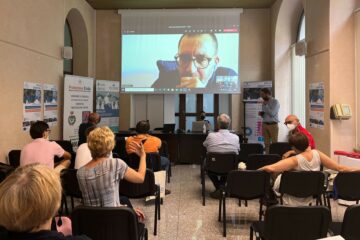
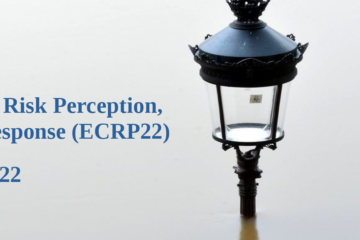
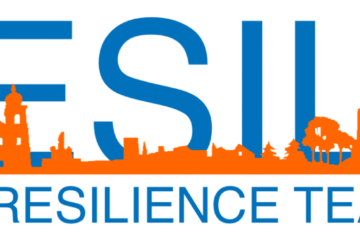
0 Comments